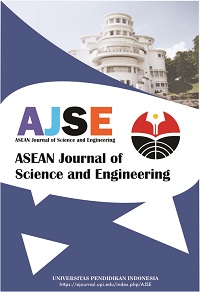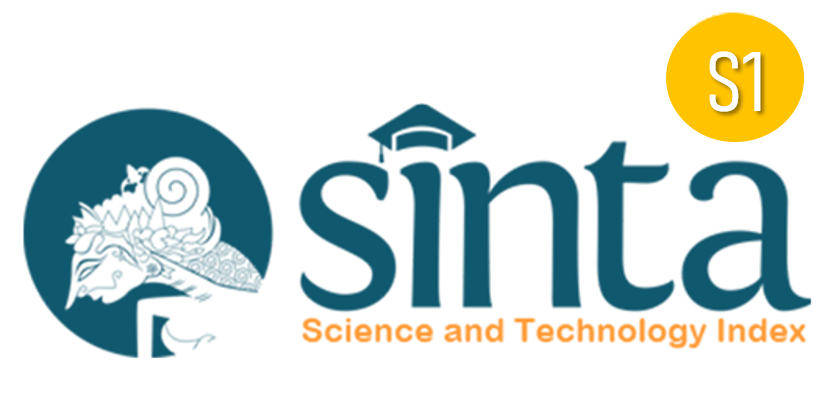Building Information Modeling (BIM) as Tool to Develop Solution for Bridge Rehabilitation
Abstract
Keywords
Full Text:
PDFReferences
Bryde, D., Broquetas, M., and Volm, J. M. (2013). The project benefits of building information modelling (BIM). International Journal of Project Management, 31(7), 971-980.
Clevenger, C. M., Ozbek, M. E., Mahmoud, H., and Fanning, B. (2014). Impacts and benefits of implementing building information modeling on bridge infrastructure projects. The National Academies Science, Engineering, Medicine, MPC 14-272, 1-28.
Marzouk, M. M., and Hisham, M. (2012). Bridge information modeling in sustainable bridge management. ICSDC 2011: Integrating Sustainability Practices in the Construction Industry, ICSDC 2011, 457-466.
McGuire, B., Atadero, R., Clevenger, C., and Ozbek, M. (2016). Bridge information modeling for inspection and evaluation. Journal of Bridge Engineering, 21(4), 04015076.
DOI: https://doi.org/10.17509/ajse.v2i1.37715
Refbacks
- There are currently no refbacks.
Copyright (c) 1970 Universitas Pendidikan Indonesia

This work is licensed under a Creative Commons Attribution-ShareAlike 4.0 International License.












